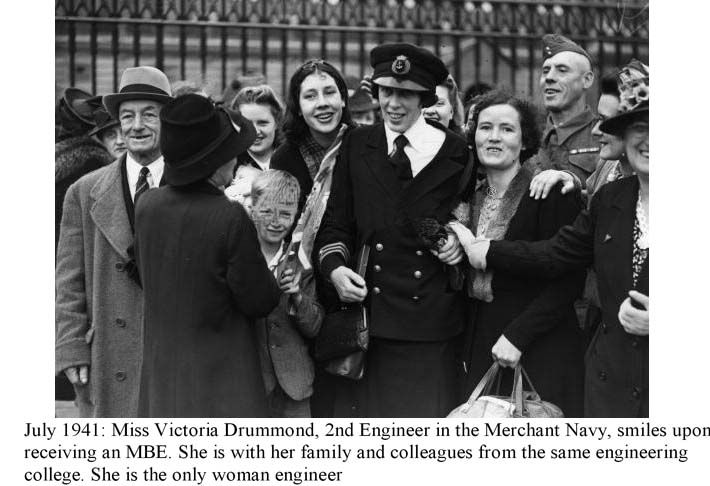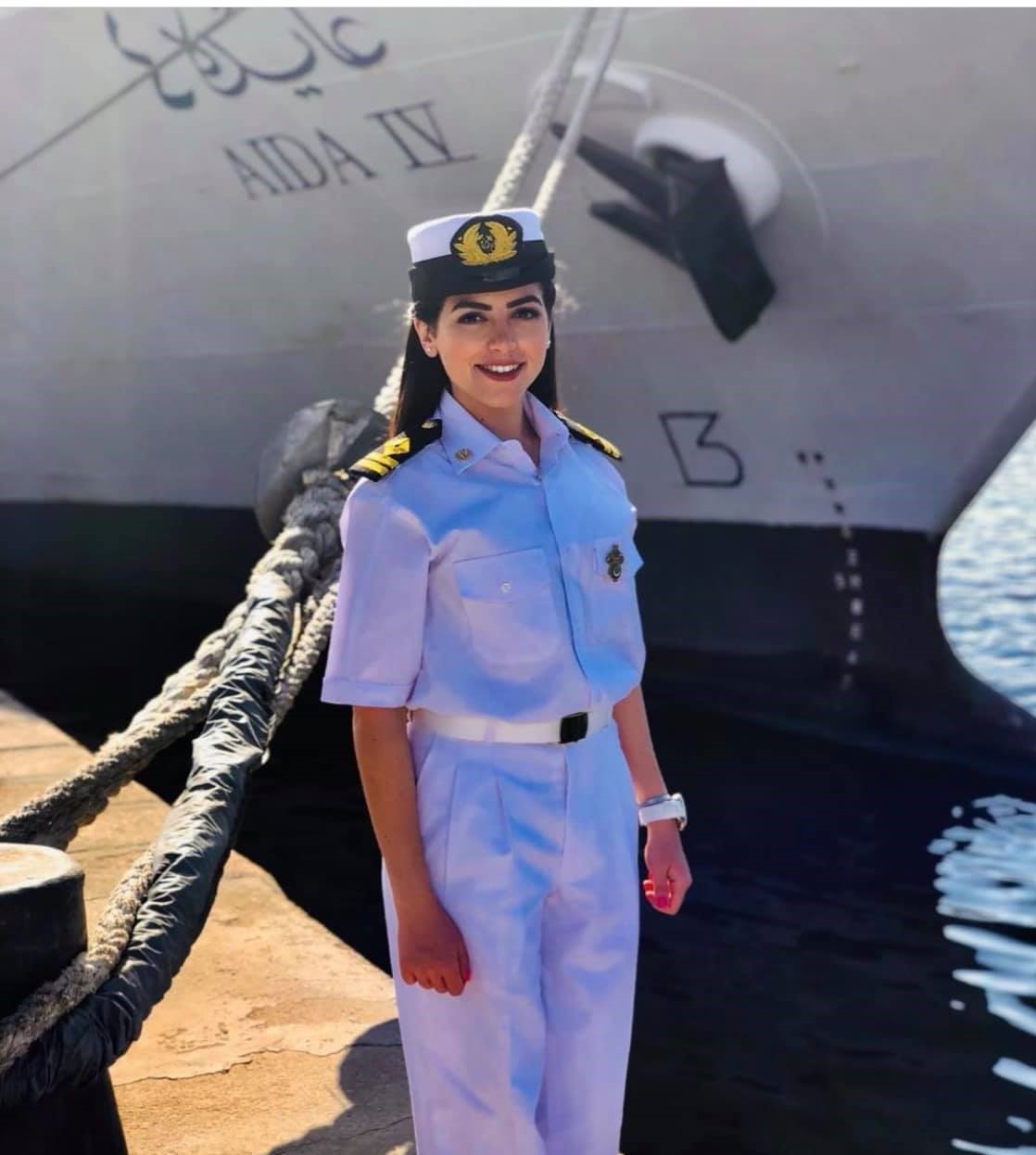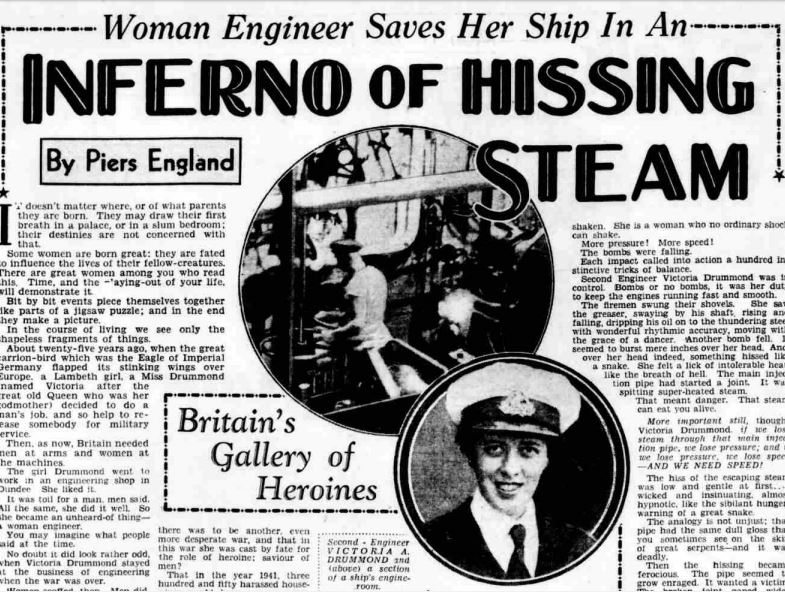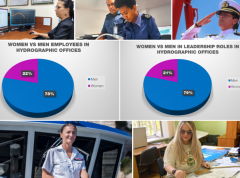Women who belong in the official history of the Sea
Published: 10/03/2022 - 12:08- How many maritime professions do you know?
- Which ones do you consider female?
- What challenges do the women of the sea face and what can they learn from each other?
- Is it easy for a woman to become captain of a transatlantic liner, a pilot or a marine explorer these days?
The answers to these questions lie deep in history, among the examples of women that broke down gender stereotypes and continue to do so to this day, proving that women of the sea are not mermaids, nor mythical or legendary creatures, but real women doing their job diligently, in a variety of fields, that are not always associated with women.
Even though the lens of stereotypes may obscure the evidence of women having always been present in professions historically perceived as male dominated, numerous archives demonstrate that throughout history, women were not only present, but were pioneers in physically demanding professions, making their way despite the abundance of patriarchal limits set by society.
These are the women that are an inherent part of the official history of the sea.

Despite of the fact that the engine room remained out-of-bounds for women for a long time, Victoria Drummond of Scotland overcame this barrier and became the first female student of the Institute of Marine Engineers in the UK, and then the first female marine engineer. She began her career in 1915 with the support of her family. Despite coming from a relatively well-off background, her father was Groom in Waiting to queen Victoria and her mother the daughter of a Baron, Victoria made her own way and learned everything she could about the profession, ultimately obtaining an engineer's certificate. Despite this, she was not able to be hired as an engineer straight away. She was finally employed as the fifth engineer on one of the British India Steam Navigation Company’s ships where she was subjected to discrimination on-board. After this experience, Victoria spent 12 years ashore, but returned to the Navy during wartime, working on foreign ships as British companies would not hire her, and was ultimately awarded an MBE for her heroism.
 The first woman professional captain was a native of Vladivostok in Russia, Anna Ivanovna Shchetinina in 1935. Although the Soviet authorities encouraged women to enter traditionally male professions, it was difficult to put into practice. Shchetinina, like many who came after her, came to the ship as a sailor and rose to the rank of captain of a transatlantic liner. The entire world press wrote about this woman captain. Later, during World War II, Shchetinina worked on transoceanic routes, evacuated civilians, and participated in military operations.
The first woman professional captain was a native of Vladivostok in Russia, Anna Ivanovna Shchetinina in 1935. Although the Soviet authorities encouraged women to enter traditionally male professions, it was difficult to put into practice. Shchetinina, like many who came after her, came to the ship as a sailor and rose to the rank of captain of a transatlantic liner. The entire world press wrote about this woman captain. Later, during World War II, Shchetinina worked on transoceanic routes, evacuated civilians, and participated in military operations.
 A more recent example of a trail-blazer in the male-dominated maritime industry comes from Egypt. Marwa Elselehdar struggled to be enrolled in the Department of Maritime Transport and Technology at the Arab Academy for Science, Technology & Maritime Transport as it only accepted men. Nevertheless, Marwa submitted her application and after much perseverance and a legal review, she was finally accepted, making her the first woman in the department among 1200 men. After graduating in 2013, she joined the crew of the AIDA IV. During the opening ceremony of the new Suez Canal in 2015, Marwa Elselehdar led AIDA IV through the new route, making her the youngest and the first Egyptian female captain to do so.
A more recent example of a trail-blazer in the male-dominated maritime industry comes from Egypt. Marwa Elselehdar struggled to be enrolled in the Department of Maritime Transport and Technology at the Arab Academy for Science, Technology & Maritime Transport as it only accepted men. Nevertheless, Marwa submitted her application and after much perseverance and a legal review, she was finally accepted, making her the first woman in the department among 1200 men. After graduating in 2013, she joined the crew of the AIDA IV. During the opening ceremony of the new Suez Canal in 2015, Marwa Elselehdar led AIDA IV through the new route, making her the youngest and the first Egyptian female captain to do so.





Share this page: